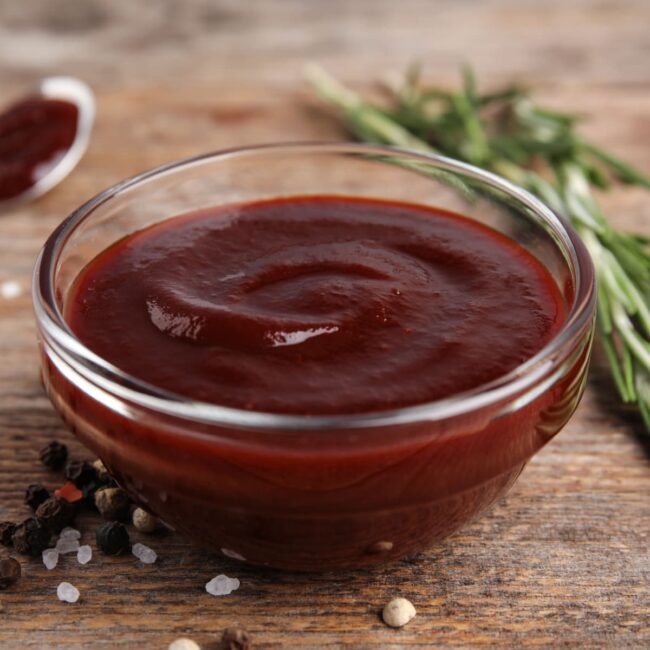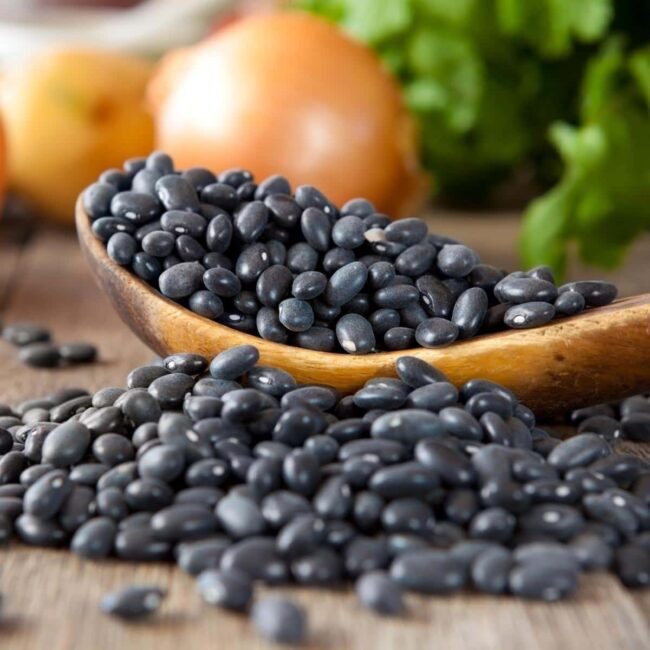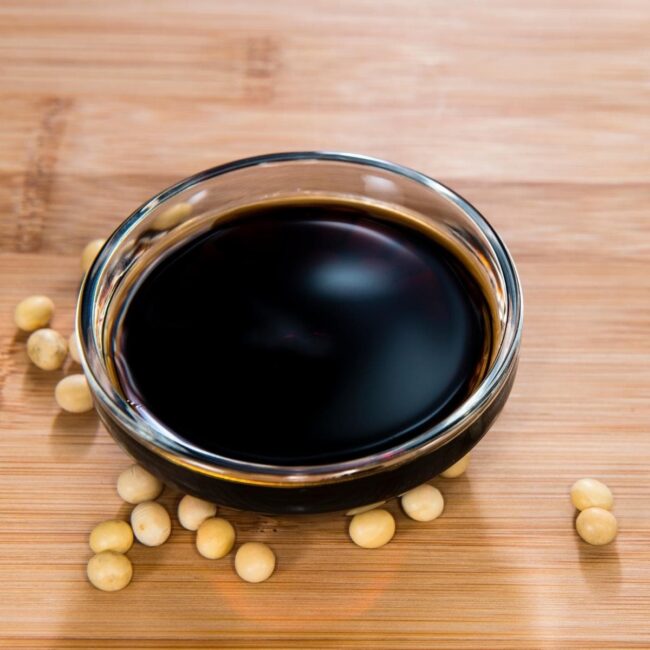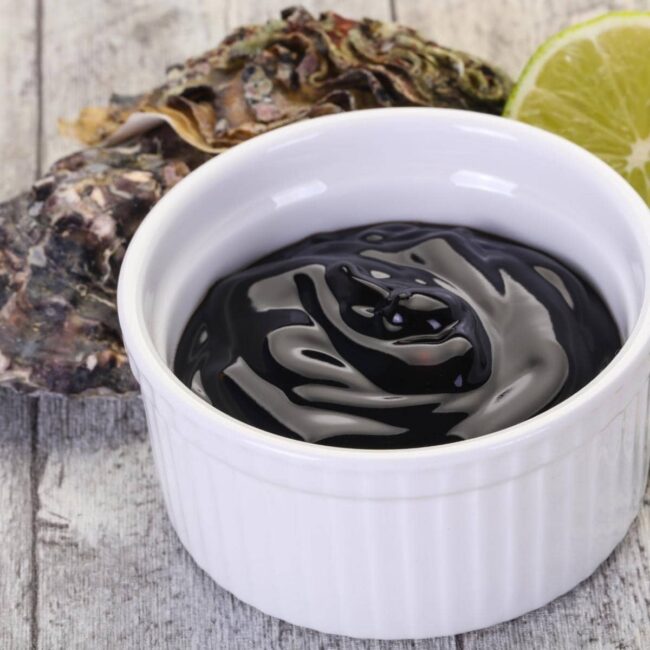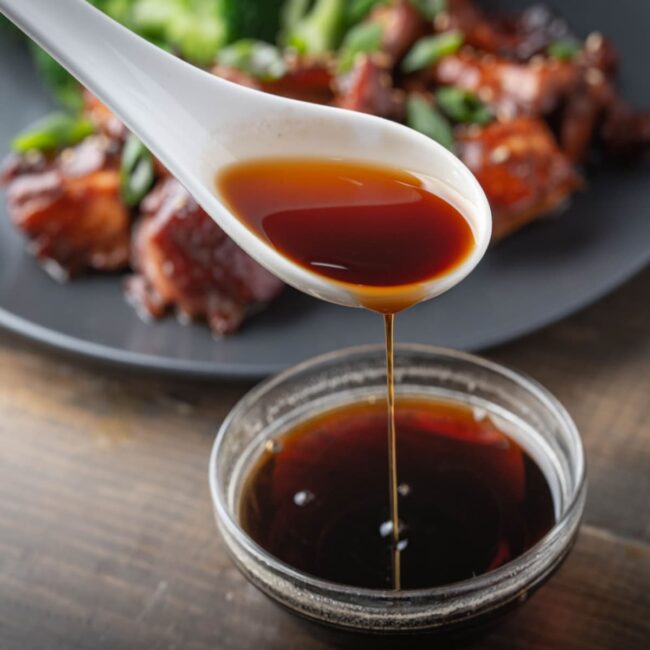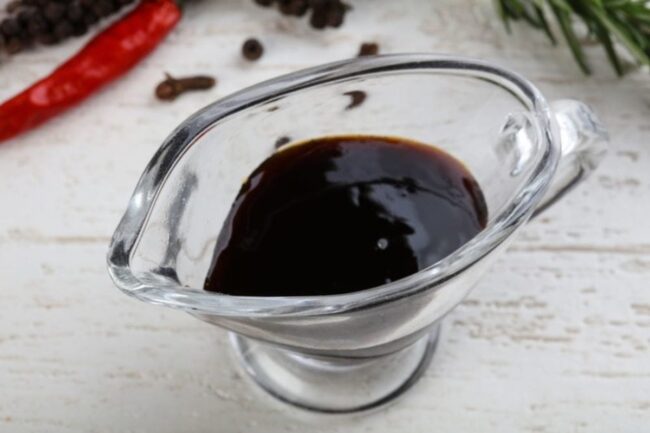5 Tasty Alternatives to Hoisin Sauce
Hoisin sauce alternatives ensure that rich, sweet-savory depth remains in marinades, glazes, and stir-fries.
Thick sauces, spice blends, and fermented ingredients all contribute to a similar umami profile.
Some swaps highlight sweetness, while others introduce smoky, bold flavors.
The balance of richness and tanginess depends on the replacement used.
Any well-matched substitute keeps the dish flavorful and satisfying.
What Is Hoisin Sauce?
Hoisin sauce stands out in Cantonese cuisine with its distinct sweet and salty flavor profile.
This fragrant condiment enhances everything from marinades to glazes, making it a go-to choice for meat dishes.
Its rich blend of bean paste, sugar, vinegar, salt, and umami creates a unique taste experience.
Although the name suggests seafood origins, hoisin contains none of that; it’s purely plant-based goodness.
Perfect for dipping or stirring into vegetables, this sauce transforms simple meals into something extraordinary while being mostly vegetarian-friendly too; just check the label when shopping!
Alternatives to Hoisin Sauce
Sauce lovers often seek alternatives to hoisin sauce for various culinary adventures. Flavorful substitutes can enhance dishes while offering unique tastes that cater to different preferences.
Barbecue sauce
American barbecue sauce serves as a great substitute for hoisin, the traditional Chinese barbecue flavor.
It works well on its own but can be enhanced with a few adjustments for an authentic taste.
Adding molasses is ideal due to its rich flavor, which closely resembles hoisin's depth.
If molasses isn't available, dark brown sugar or alternatives like honey and maple syrup can suffice.
To balance any excess sweetness, soy sauce and a hint of five-spice blend come in handy; rice wine vinegar adds an enjoyable zest as well.
When recipes call for only small amounts of hoisin, simply replacing it with an equal amount of barbecue sauce will achieve delicious results.
Black Bean Sauce
Black bean sauce has gained popularity as Asian cuisine becomes more accessible.
This sauce, made from fermented black soybeans, shares a base with hoisin but offers a simpler taste.
It’s now commonly found in major grocery stores and many kitchens.
When using it as a substitute for hoisin, enhancing its flavor is easy; adding sugar, soy sauce, and vinegar creates depth.
A dash of crushed fennel seeds along with Chinese five spice can elevate the taste further.
For an extra kick in barbecue or black bean sauces, consider mixing in some hot sauce like Sriracha to complement the flavors beautifully.
Soy Sauce
Soy sauce serves as a quick substitute for hoisin sauce in stir-fries.
It adds depth and umami to dishes, even if the flavors differ.
For those seeking a richer taste, incorporating rice wine vinegar can enhance the mix nicely.
A little sugar or honey transforms plain soy into something special, while smooth peanut butter thickens it without changing the flavor significantly.
Although soy may appear less exciting for dipping sauces compared to hoisin, its versatility makes it a favorite choice in many kitchens.
Both sauces originate from fermented soy, connecting them at their core despite their unique tastes.
Oyster Sauce
Oyster sauce serves as a bold choice in Asian dishes, especially when paired with seafood or vegetables.
Its flavor is distinct yet shares a similar thickness to hoisin.
Making oyster sauce at home can be challenging due to the need for numerous oysters, although it remains simpler than crafting long-fermented fish sauce.
Be cautious with its strong taste; starting with a small amount in soups and curries helps avoid overpowering other flavors.
Fish sauce presents an alternative for those willing to try something different, offering a unique profile from fermented fish or krill over two years.
This option is thinner than hoisin and packs quite the punch; using only a little yields significant results.
Teriyaki Sauce
Teriyaki sauce and hoisin sauce share a similar appearance, which might not seem like the best reason to choose one over the other.
The real magic happens when tasting begins; flavors play a crucial role in any dish.
Teriyaki originates from Japan and has become loved around the world for its sweet taste and adaptability in various recipes.
When substituting teriyaki for hoisin, avoid adding extra sweeteners since teriyaki already carries sweetness on its own.
A touch of soy sauce along with crushed garlic enhances flavor significantly because soy is more prominent in hoisin while garlic is absent from teriyaki altogether.
Though it may not match perfectly, using teriyaki can still lead to delightful results if you have it available.
Can You Make Homemade Hoisin?
Hoisin sauce is a versatile ingredient that can elevate many dishes.
Making it at home allows for better control over sugar and preservatives, leading to a healthier option.
Locating black bean paste may pose challenges, but substituting with smooth peanut butter offers an effective workaround due to its thick texture.
Combining this with Chinese five spice and other pantry staples creates a flavorful blend that enhances any meal.
A homemade version might not replicate the exact depth of store-bought hoisin, yet it provides an authentic taste experience worth trying in your kitchen.
Choosing the Best Hoisin Substitute
Crafting hoisin sauce at home opens up a world of flavor tailored just for your palate.
A few simple ingredients can combine to create a rich, complex taste that enhances various dishes.
For those who prefer convenience, choosing the right store-bought alternative depends on the dish at hand.
Barbecue or teriyaki sauces work wonders in marinades, while soy and oyster sauces shine as dipping companions.
Consistency and flavor focus are essential; don’t hesitate to try something unexpected. You might stumble upon your new favorite twist in cooking!

